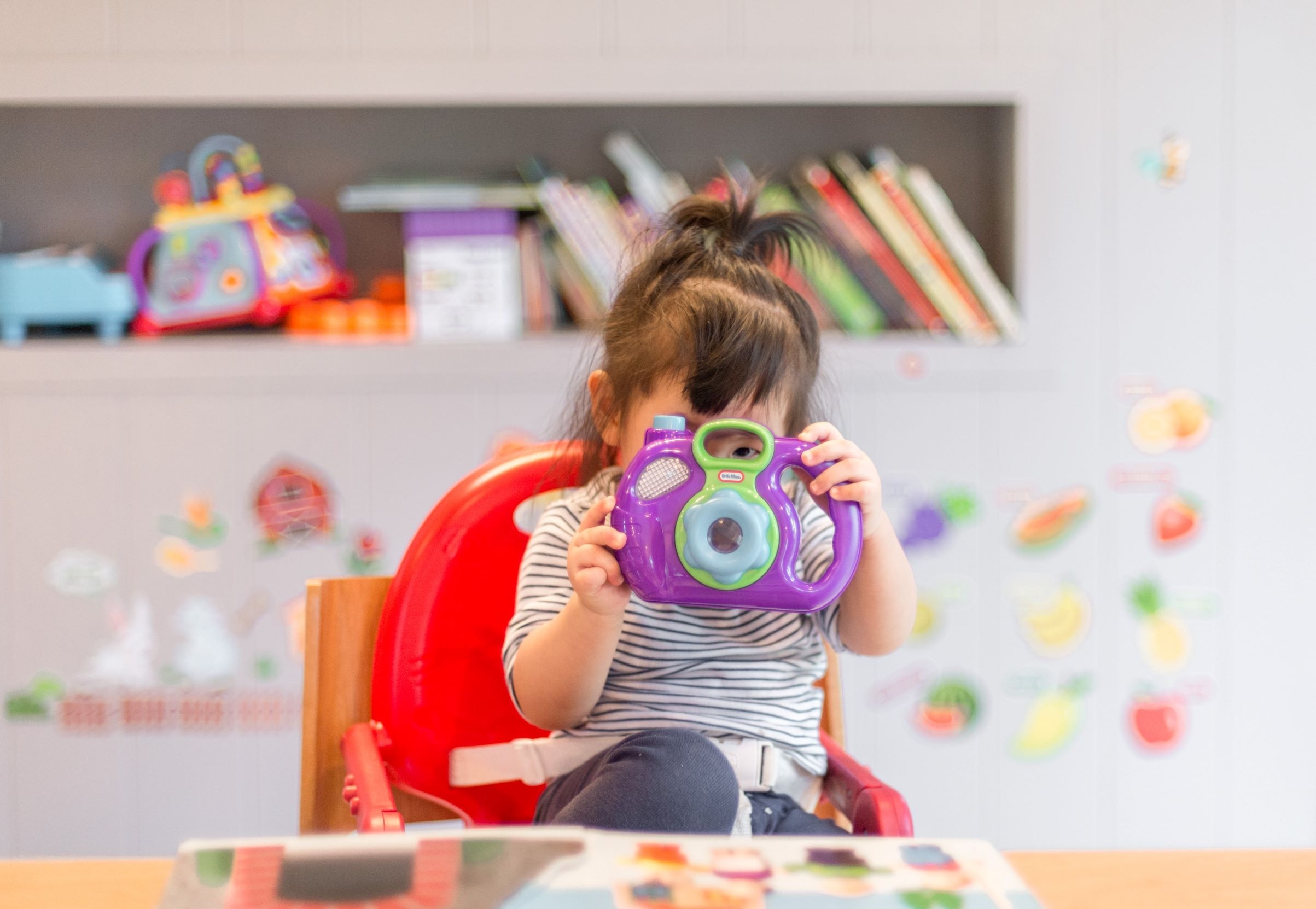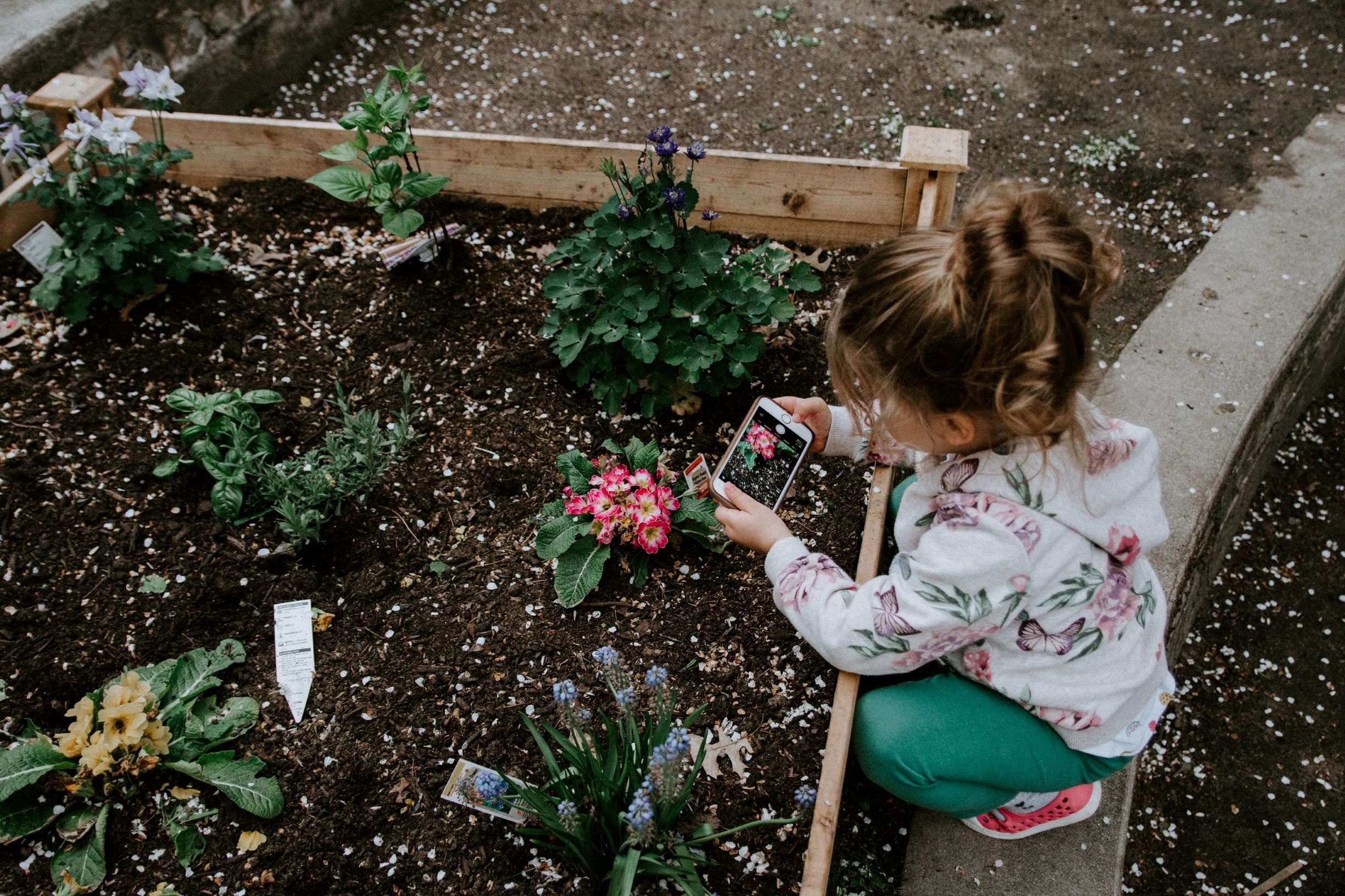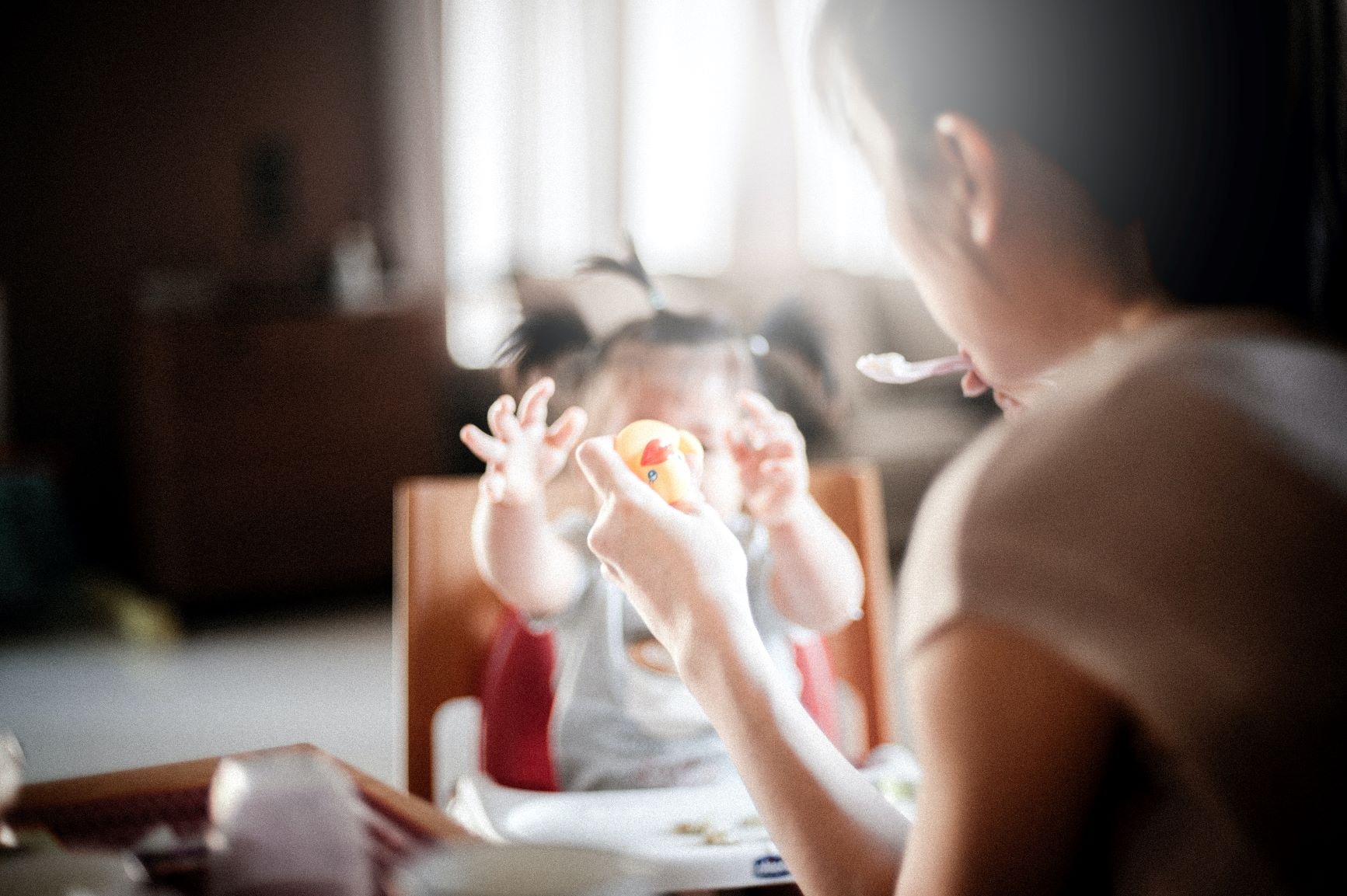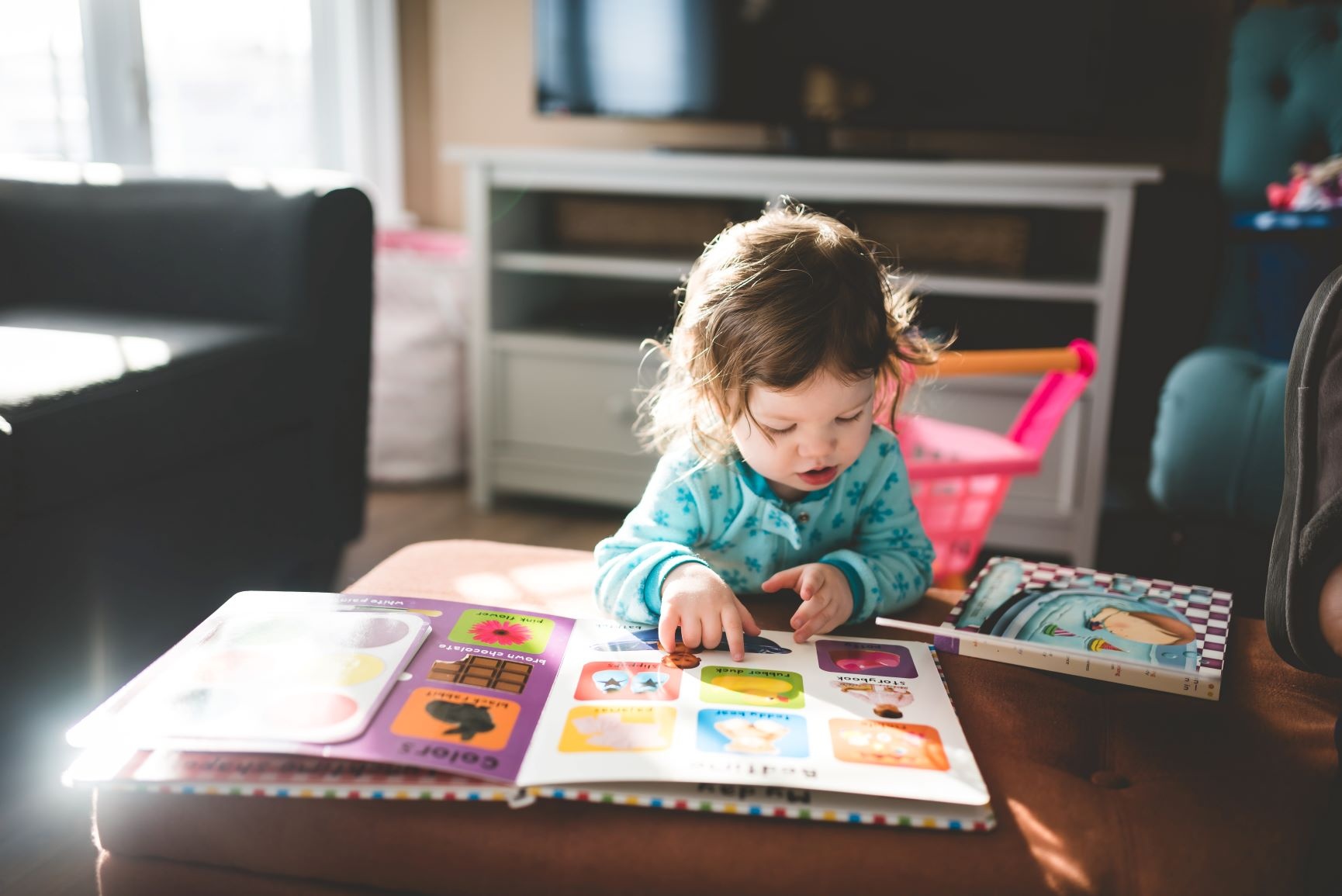Ages 0-5 CARE’s Soothing Place

Welcome to the CARE’s Soothing Place for children ages 0-5. We hope your child can enjoy learning with you about mindfulness, wellness, and coping skills. Click any of the links below to learn more!
Mindfullness
“The simple practice of bringing a gentle, accepting attitude to the present moment” -David Gelles
“Paying full attention to something. It means slowing down to really notice what you’re doing. Being mindful is the opposite of rushing or multitasking. When you’re mindful, you’re taking your time. You’re focusing in a relaxed, easy way” – KidsHealth.org
Helpful Apps
These phone applications can help you as the caretaker, learn what mindfulness is, and how you can apply it to your everyday life when moments with the little ones become overwhelming.
Mindful Family APP
- Provides mindfulness meditations for kids, different sleep meditations, various sounds of nature. (APP only: free/Premium-$4.99/iTunes-$9.99).
Headspace for Kids:
- Enjoy fun, engaging activities that teach kids the basics of mindfulness.
- They’ll practice breathing exercises, visualizations, and even try some focus-based meditation.
- Available on Apple and Google Play (free trial period, then 12.99 per month) also on a website https://www.headspace.com/meditation/kids
Sleep Meditation for Kids:
- Children’s bedtime meditation.
- Free on Apple.
Peace Out Guided Relaxation for Kids
Progressive Muscle Relaxation for Kids
Guided Imagery
Guided Imagery
Activities and Games
Activities and games help kids practice mindfulness. All of the activities and games down below encourage and teach children how to practice mindfulness in a fun and engaging way.
Games:
- Blowing bubbles: use a bottle of bubbles and a multi-holed bubble wand and blow as many bubbles as you can! You can also count how many bubbles you pop. This will help kids relax, breath, focus.
- Pinwheels: make a fun DIY project with your family! Attach a paper or plastic wheel and pin it to a stick and watch it spin when you blow on it. This will help kids concentrate and destress.
- Playing with balloons: so many fun ways to play with balloons! From playing tennis with your friend, keeping it moving and off the floor, race to the finish line with the balloon between your knees without it popping, or balloon painting. This encourages mindfulness, destress, and focus skills.
- Texture bags: Great tool for encouraging thinking skills, including perception, prediction, analysis, and synthesis.
- Blindfolded taste tests: have your parents grab as many different foods with different tastes and textures and put them on a plate. Using a blindfold, try to guess what food you are eating, and describe the taste. Kids will learn about problem-solving, communication, and social skills.
- Balancing on one foot: If you have trouble balancing on one foot, start by leaning against the wall. As you get better, stand further from the wall. Then, you can do the advanced version by playing hopscotch! Kids will learn about coordination, problem-solving, and focus skills.
- Jenga: Have your parents buy the Jenga board game and try to remove one block at a time without making the tower fall. Kids will learn the motor, social, emotional regulation, and focus skills.
- Pennies game: Variety of games where kids learn, STEM skills, motor skills, emotional regulation, creativity, mindfulness, and destress skills.
- Simon says: With your friends, have one person be Simon, and in a group, Simon tells players what to do, such as jump, stick out your tongue, and clap. If Simon says to do something, you better act fast! But, if Simon does not and you do it anyway, you’re out! Kids build on their attention span, listening, social, and patient skills.
Toys:
These toys help capture a child’s attention and keep them grounded in the present—batteries not required!
- Kites – Helps with relaxation, focus, clearing of the mind.
- Stuffed Animals – helps build security, keeps them grounded, helps them focus in the present time.
- Cards – Helps with relaxation, fidget option, focus centered.
- Puzzles – Builds patience, keeps them grounded, focused in the present time.
Activities:
- Spidey senses: Learn how to bring out the 5 senses that are similar Spider-Man!
- The Mindful Jar: Designed to soothe and relax. Also, a great sensory toy!
- Gratitude Flowers: Project where kids write on each of the five petals of the flower, the child will list something that they are grateful for.
Music
Music can have a profound effect on both the emotions and the body. Faster music can make you feel more alert and concentrate better. A slower tempo can quiet your mind and relax your muscles, making you feel soothed while releasing the stress of the day.
Classical Disney
Classical Music for Kids
Relaxing Positivity Music
Scents
Scents are a good alternative for changing someone’s mood. Certain scents can get someone to get energized, relax, and help with anxiety.
Scents for energy; orange, peppermint, lemon, Eucalyptus and Rosemary.
Scents for relaxation; Lavender, vanilla, chamomile, and Rosemary
Scents for anxiety; Lavender, Rose Essential Oil, Ylang Ylang Essential Oil, Bergamot, German Chamomile, Jasmine, Clary Sage.
Wellness
Gardening
The tactile and sensory experiences of gardening can help children self-regulate. The feel of the soil and smell of the earth may bring comfort. Gardens can help children begin to work independently as they plant seeds or pick produce.
Practice gratefulness.
Be present by studying a flower, its color, and texture.
Blow on leaves.
Listen to the sounds of nature in the garden, such as the wind blowing on the leaves to the birds chirping.
Mindful eating. Growing your own food gives you the satisfaction of eating something that you took care of and grew.
Plant the seeds. With gentle guidance on how far apart to place the seeds, allow your little ones to get a little dirty and plant the seeds into the soil.
Watering. Teach your child the importance of watering the plants with care.
Weeding. Keep their hands occupied.
Harvesting. You can make this a fun game on who can pick the most fruits and vegetables.
Reading about the garden. Children’s books such as Who’s in the Garden and Hello, Garden Bugs.
Local Gardens to Visit:

Nutrition
Practicing healthy eating habits from a young age creates overall wellness for a growing child. Having the proper nutrients for growth and brain development is an important part of wellness.
Arizona P-EBT Pandemic School Meal Replacement Benefits, provides assistance to households with children who are eligible for free or reduced-price school meals, while schools are out of session due to the COVID-19 pandemic link.

Exercise
When children exercise, they help fight diseases, they can improve their behavior, develop healthy habits, and helps them reach better sleep. All these encompass overall wellness.
Running- Running is just about the simplest form of exercise there is, and it’s perfect for kids. They love it! Kids can run outdoors but also inside: in a gym, down a hallway, or even around (and around, and around) a large table https://kidshealth.org/en/parents/fitness-4-5.html
Jumping– jumping is another good way for kids to get moving but also have fun while doing it https://www.therealisticmama.com/10-jumping-activities-for-kids/
Childs pose– This posture helps children to do a full stretch. It can also reduce stress and help kids relax https://www.momjunction.com/articles/stretching-exercises-for-kids_00385971/
Strength Exercising – These exercises use your own bodyweight to help build strength. They’re perfect for kids and the whole family to do together. https://www.parents.com/fun/sports/exercise/strength-training-exercises-for-kids/
Is your baby 2-3? Kids this age are walking and running, kicking, and throwing. They’re naturally active, check out some ways to have your kid build on these skills: https://kidshealth.org/en/parents/fitness-2-3.html
Kids this age are walking and running, kicking, and throwing. They’re naturally active, check out some ways to have your kid build on these skills. https://www.youtube.com/watch?v=ymigWt5TOV8
0-3 month baby exercises– Click the link to watch some activities and exercises to bond with baby, and develop stimulation for your newborn.
Stronger baby– These simple exercises will help your little one grow up big and strong.
Coping Skills
Breathing Techniques
Learning different breathing techniques at a young age will help equip your child with coping skills in times of need. Try some of these breathing techniques with your child!
Relaxing:
Breath along with a blowfish to learn steady breaths! He will help you feel relaxed. Try this: https://www.youtube.com/watch?v=gLbK0o9Bk7Q
The Bunny Breath: Take three quick sniffs through the nose and one long exhales through the nose. (As he starts to get the hang of it, have your little bunny focus on making the exhale slower and slower.)
The Snake Breath: Inhale slowly through the nose and breathe out through the mouth with a long, slow hissing sound.
Blow Out the Candle: Imagine a birthday candle. Take in a deep breath through the nose and then exhale through the mouth to blow out the candle.
Noticing the breath: this involves simply paying attention to what breathing actually feels like.
Five-finger starfish meditation: this breathing technique has kids holding up one hand in a starfish position (fingers spread wide) while they gently trace up and down each finger with the other hand, focusing on regular breathing at the same time.
Counting the breath: this technique is what it sounds like: have your children pause and count their breaths. One breath in is “1”, the next breath out is “2,” etc. You can have them count to 10 if they’re very young, or slightly higher depending on their abilities.
Square Breath: Breath in, to the count of four. Hold the breath for four seconds. Breathe out to the count of four. Wait for four seconds before taking in your next breath.
Darth Vader Breath: Breath in deeply through your nose. Keep your mouth closed and exhale from the back of your throat, making a “Darth Vader”-style noise as you do. Show your child how to do it, then practice it with them.
Movement
Movement can help calm strong feelings whether it is anger, anxiety, or whatever it may be. All these forms of movement can help the youth of all ages cope with their feelings and problems.
- Go Noodle: GoNoodle engages kids every month with movement and mindfulness videos created by child development experts. Available for free at school, home, and everywhere kids are!
- Chair Yoga – Follow along with kids doing yoga in the classroom.
- Yoga for Kids – This kid-friendly YouTube Channel helps kids learn simple yoga moves.
- Stretching: Stretching, as it relates to physical health and fitness, is the process of placing particular parts of the body into a position that will lengthen, or elongate, the muscles and associated soft tissues.
- Mindful posing: This exercise is a great way to help your child strengthen their mind-body connection.
- Walking: walking is fun and interesting –They can choose to stop and look at something along the way and they can start to make decisions about road safety. For older children, walking independently offers some time to themselves.
- Exercise: This can be fun for kids, it strengthens the heart, It helps keep arteries and veins clear, It strengthens the lungs, It controls weight and so much more.
- Going to a park: This offers youth the opportunity to get out of the house and explore a new place, they could meet new friends and experience
Color
Colors have been shown to bring positive moods to many people. Some colors that have this effect are blue, violet, pink, green, gray, tan, white, and yellow. Below are some activities that they can do and use some of these colors to help them feel calm and de-escalate from a stressful situation.
- Coloring Book- kids that practice coloring benefit because it helps to improve their hand-eye coordination. Children who are engaged in coloring will also learn how to apply color in the right areas. This makes them more adept and will contribute to their learning https://www.online-coloring.com/
- Do some online painting- https://kidmons.com/game/paint-online/
Reading

Reading is essential for young brain development. Click on the tabs below for more information.
- Ultimate Mindfulness Activity Book: 150 Playful Mindfulness Activities for Kids
- Mindfulness for Kids: 50 Fun Activities to Stay Calm, Happy, and In Control –
- Breathe Like a Bear: 30 Mindful Moments for Kids to Feel Calm and Focused Anytime, Anywhere
- I Am Peace: A Book of Mindfulness –
- Sitting Still Like a Frog: Mindfulness Exercises for Kids (and Their Parents)
- Audio books, browse by age, or by style: https://www.
freechildrenstories.com/ - Audio books for kindergarten and Pre-K: https://www.starfall.com/h/
- Check out this website for more Audio books
- Maricopa County Libraries: https://mcldaz.org/
- Goodyear Library: https://mcldaz.org/locations/
goodyear/ - Avondale Library: https://www.avondalelibrary.
org/
*All Maricopa County libraries do curb side pick up
